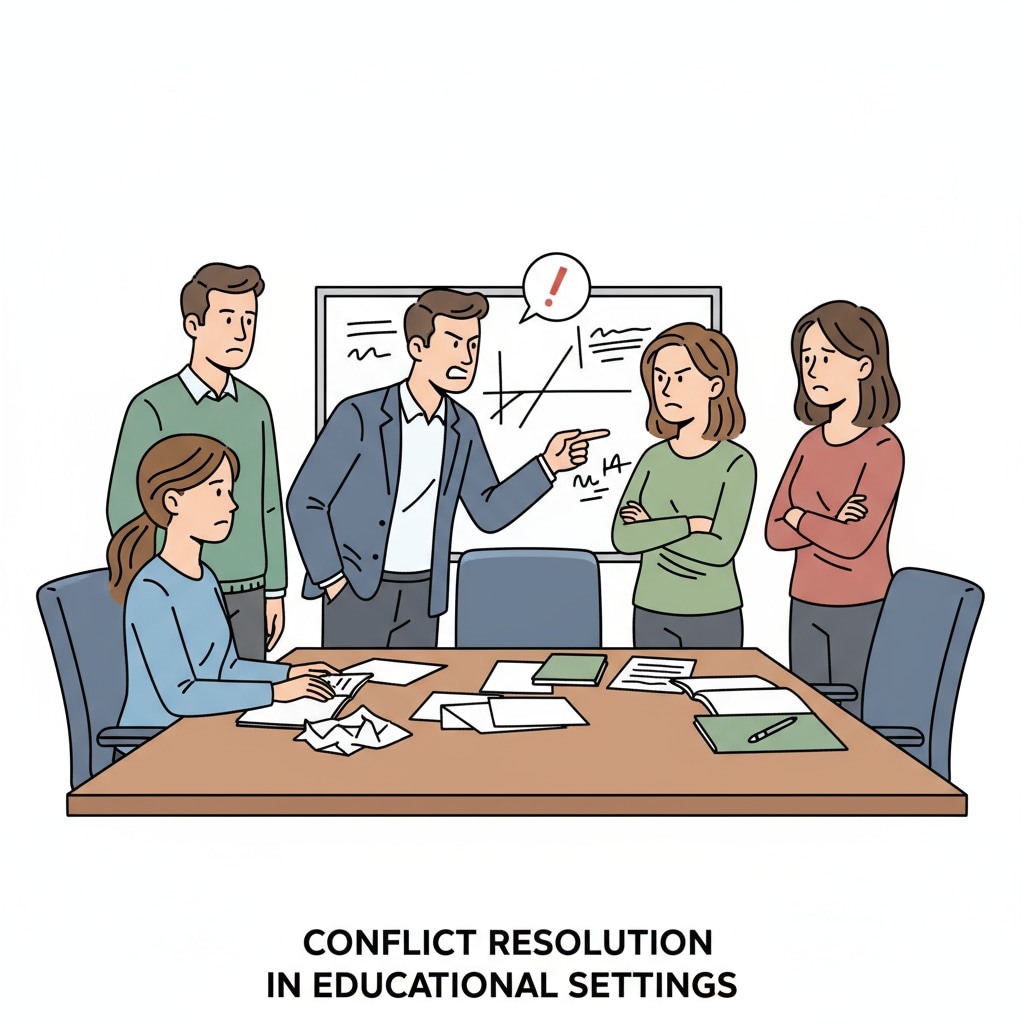In the realm of K12 education, teacher conflicts, work environment, and management intervention are crucial aspects that demand attention. Workplace conflicts among teachers can have a significant impact on the overall educational ecosystem. These conflicts, often overlooked, can disrupt the harmony of the school and affect the quality of education provided.

The Root Causes of Teacher Conflicts
Teacher conflicts can stem from various factors. One common cause is differences in teaching styles and educational philosophies. For example, some teachers may prefer a traditional approach, while others advocate for more innovative methods. These differences can lead to disagreements and conflicts. In addition, competition for resources, such as limited teaching materials or access to certain facilities, can also fuel tensions among teachers. According to National Education Association, resource scarcity is a frequent trigger for workplace disputes in educational institutions.

The Detrimental Effects on the Work Environment
The presence of teacher conflicts can have a negative impact on the work environment. It can create a tense atmosphere, affecting the morale and job satisfaction of teachers. When teachers are constantly in conflict, it becomes difficult for them to collaborate effectively, which in turn can hinder the educational process. Moreover, a poor work environment can lead to high turnover rates among teachers, as they may seek more harmonious workplaces. As stated by ASCD, a positive work environment is essential for retaining quality educators.
Management intervention plays a vital role in resolving teacher conflicts and improving the work environment. School administrators should first identify the underlying issues causing the conflicts. This can be achieved through open communication channels, such as regular meetings and one-on-one discussions. Once the issues are identified, appropriate strategies can be implemented. For example, providing professional development opportunities to help teachers understand different teaching styles and learn conflict resolution skills can be beneficial.
Readability guidance: By clearly identifying the causes, understanding the impacts, and implementing effective management intervention, schools can create a more harmonious work environment for teachers. This will not only benefit the teachers themselves but also enhance the quality of education provided to students.


